So you’ve already got a grasp of the tyre basics, such as tyre pressure, tread depth and even tyre types! However, did you know that you can easily tell your tyres’ age?
Similar to other tyre wear and performance factors, age can and will affect the performance of tyres. This therefore will impact overall vehicle safety and capability, thus it’s something you should pay attention to.
Not sure how old your current tyres are? No worries, we’ll show you how to easily find out!
For tyres manufactured after the year 2000, you’ll find each tyre’s ‘birth date’ stamped on its outer sidewall. This number follows a standard, straightforward format of the week and year represented as a 4-digit number (WWYY).
To find the date code, simply scan the tyre sidewall in a clockwise direction, and locate a series of letters and numbers within a raised rectangular box. The 4-digit number within the box are the numbers you need – the date code!
The date code follows the ‘WWYY’ format, with the first two numbers representing the week of manufacture, and the last two numbers indicating the year.
On this ALENZA 001, the date code is “0619.” Breaking this down, this indicates that the tyre was manufactured in the 6th week of the year, in the year 2019. As such, we can deduce that the tyre was manufactured between 4th February 2019 and 10th February 2019.
Tyres are constructed of many organic, natural materials. Like other organic materials, the rubber compounds in a tyre will degrade with time.
Stored properly, tyres have an average shelf life of five years and remain fit for purchase despite being manufactured many months ago.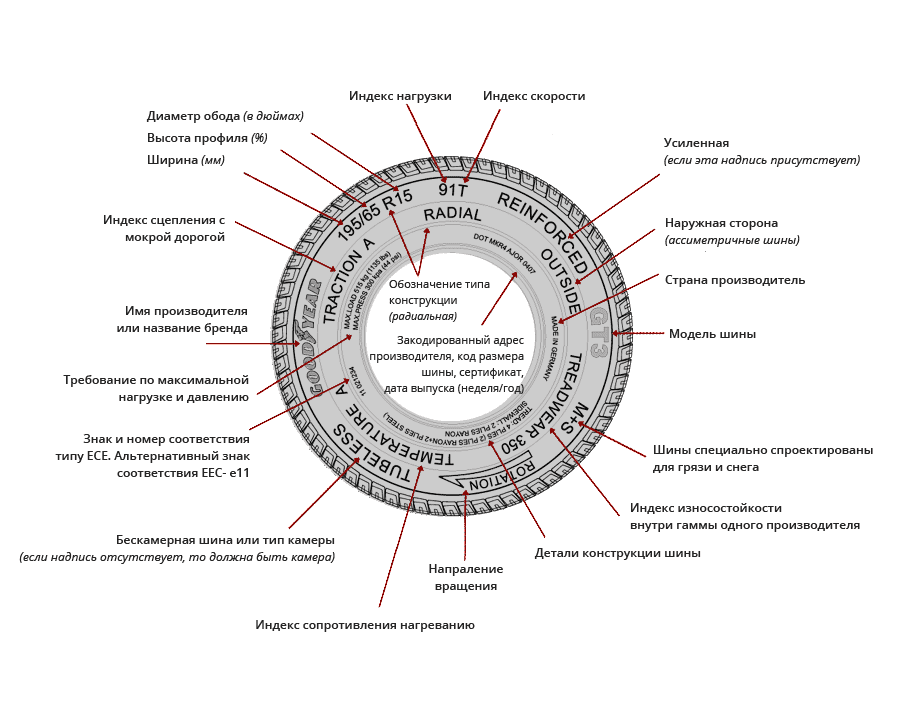 Given that new tyres lasts for approximately 40,000km, and the average Singaporean motorist travels 12,000km per year, tyres are replaced every 3.5 years – comfortably below the maximum recommended tyre life of 10 years.
Given that new tyres lasts for approximately 40,000km, and the average Singaporean motorist travels 12,000km per year, tyres are replaced every 3.5 years – comfortably below the maximum recommended tyre life of 10 years.
When new tyres are stored improperly and exposed to the elements, however, degradation will be accelerated, resulting in dry rotting and cracking, and a shorter overall tyre lifespan.
At Bridgestone authorised tyre dealers and Bridgestone B-Select concept stores, you can rest assured that every Bridgestone tyre you purchase has been stored with the utmost care, ensuring that you can enjoy your Bridgestone tyre for the longest possible time.
From the moment your Bridgestone tyres are produced at our factory, all the way to the point where they reach the authorised Bridgestone tyre dealer’s shop, our proper logistics procedures ensure that tyres are always stored and stacked to avoid damage. This means that your tyres are stacked properly, stored in a dry location, and kept away from sunlight and heat.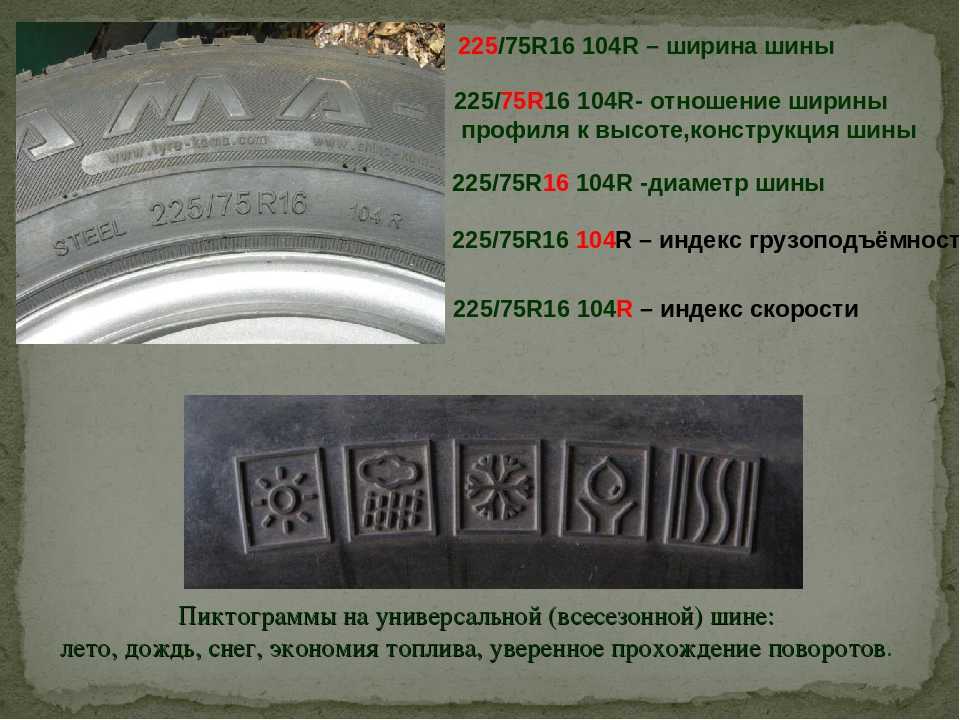
Need assistance with reading your date code, or general tyre technical assistance? Locate a Bridgestone Authorised Dealer near you, where our highly-trained technicians will be able to perform a complimentary tyre inspection and consultation.
When taking proper care of your vehicle, you must also pay attention to your tire records and understand the age of your tires. Knowing the age of your tires is important because it can and will affect your performance on the road.
In this article, we will discuss the things you need to learn about the date code of your tire.
Searching the DOT date code and Bridgestone’s Tire Warranty
If you are a first-time driver, the DOT date code is a symbol that indicated the compliance of tire manufacturers with the safety standards of the government. Curious about how to check it? Read our guide below:
For Bridgestone and Firestone tires manufactured after the year 2000, you’ll find each tire’s ‘birth date’ stamped on its outer sidewall. This number follows a standard format of the week and year represented as a 4-digit number (WWYY). The first two numbers of the date code represent the week of manufacture, and the last two numbers indicate the year.
This number follows a standard format of the week and year represented as a 4-digit number (WWYY). The first two numbers of the date code represent the week of manufacture, and the last two numbers indicate the year.
The date code is usually enclosed in a rectangular box. To find it, simply scan the tire’s sidewall in a clockwise direction, and locate a series of letters and numbers The 4-digit number within the box are the numbers you need – the date code!
If any case you bought a new set of tires and it becomes unusable for any reason within the manufacturer’s control, read more about our Tire Warranty here: https://bridgestonetires.com.ph/tire-warranties/
Understanding Bridgestone’s DOT Code
Thinking of replacing your tires soon? For Bridgestone and Firestone tires, we recommend you to have a tire replacement every 3.5 years or above. When buying new tires, you might have heard some common misconceptions about the DOT date code.
The first misconception is that some might heard that the number states when the tire was approved.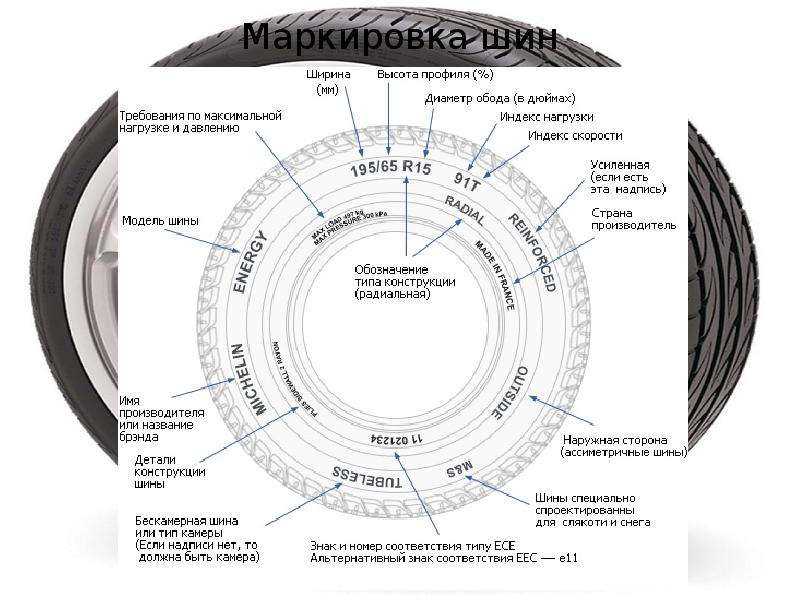 But on the contrary, the DOT symbol by itself simply indicates that the tire is approved by the government. The Date Code is when the tire was manufactured (not when it was approved).
But on the contrary, the DOT symbol by itself simply indicates that the tire is approved by the government. The Date Code is when the tire was manufactured (not when it was approved).
Another misconception on the date code is you should only buy tires that have a DOT code within the current year. This is not true. As long as they are stored properly, tires have an average shelf life of five years and remain fit for purchase despite being manufactured many months ago. But when tires are stored improperly and exposed to harsh elements, however, tires will degrade faster which will leave the tires brittle, and thus this results in a shorter overall tire lifespan.
At Bridgestone, we always offer high-quality tires that suit your every need. That’s why, we always work on proper logistics procedures to ensure that the tires are always stored and stacked properly to avoid damage. This also means you can enjoy your tires for the longest time.
If you need assistance with your tire’s date code, go to the nearest Bridgestone dealership store in your area!
Everything has an expiration date, car tires are no exception.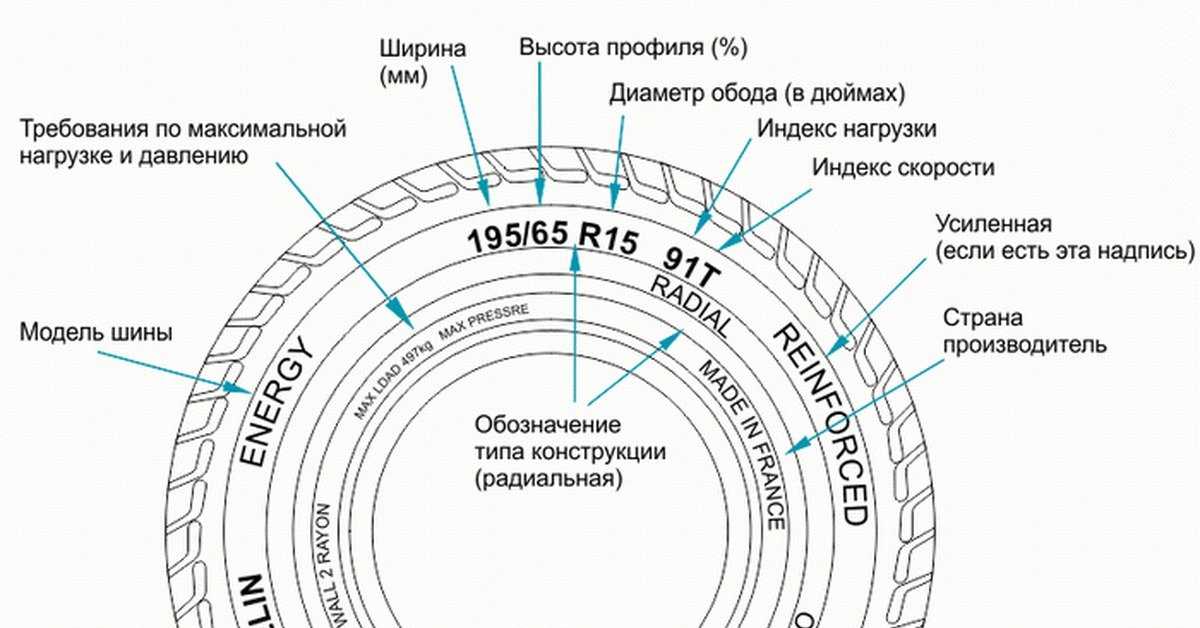 How long can they be used? Can you ride tires that are many years old, but they look quite working? Is it worth saving on tires by buying products that have not yet been used, but have been stored in a warehouse for 5-7 years?
How long can they be used? Can you ride tires that are many years old, but they look quite working? Is it worth saving on tires by buying products that have not yet been used, but have been stored in a warehouse for 5-7 years?
Release date is an important parameter when choosing car tires
These questions at least once arose before the majority of motorists. We answer them - in detail and in detail. nine0003
The date of manufacture of the tire is always on its sidewall in an oval stamp
Information about when a car tire was produced is placed on its side. You will easily notice an oval stamp with four numbers inside - for example, 1118.
So, we have a tire that “saw the light” in January 2003.
Certification of automobile tires for their sale on the Russian market is carried out by the Department of Transport.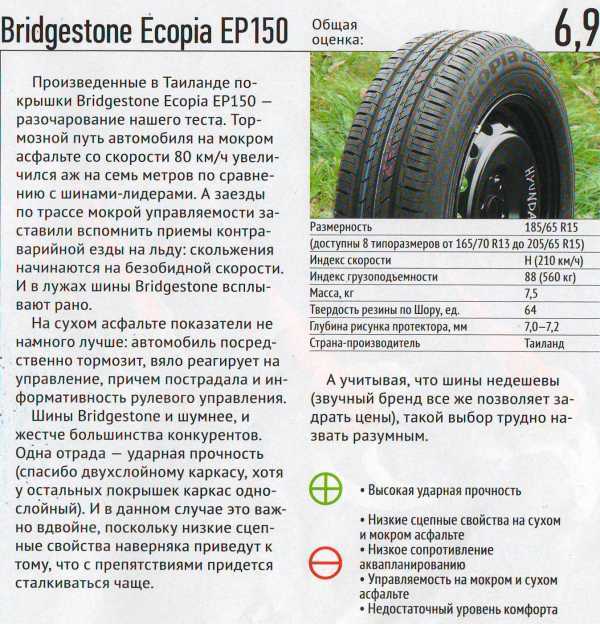 Tires without age marking, and in a strictly prescribed form, will not receive a quality certificate. This rule is the same for all tire manufacturers.
Tires without age marking, and in a strictly prescribed form, will not receive a quality certificate. This rule is the same for all tire manufacturers.
See also: Tire marking: deciphering the designations on tires
Drivers change cars at least twice a year. As a rule, rubber is operated for several years, and then new tires are bought. At the same time, the tread pattern, raw materials, radius are taken into account, but they rarely pay attention to the release date of the product. But it is this information that helps to better understand the condition of the tires and how long they will last.
 And vice versa: with a quieter operation, tires serve for more than 5 years, while maintaining normal elasticity and other important characteristics. nine0016
And vice versa: with a quieter operation, tires serve for more than 5 years, while maintaining normal elasticity and other important characteristics. nine0016 You can determine for yourself whether the tires have begun to age. To do this, pay attention to their side. Did you see small cracks here? This is the first sign of aging. Over the years, these scratches will become deeper, and the tire itself will begin to change color, acquiring a whitish tint on the originally black rubber. nine0003
In the process of aging, black rubber becomes covered with a whitish coating.
Have you noticed similar symptoms on your car tires? So, it's time to change them - you should not pull further, even if the tread does not look worn out. It is dangerous to drive a car with such tires.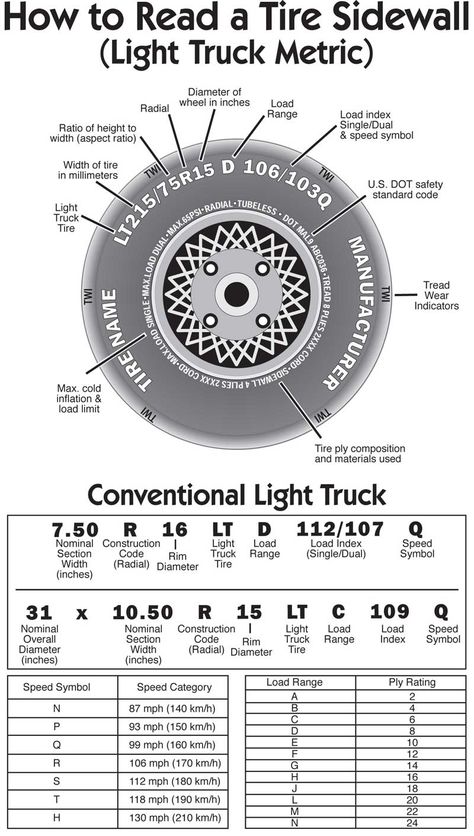
The tire is a mixture of chemical compounds. A number of factors influence it: nine0003
Tires can experience different loads, so they have different lifespan, and it is impossible to accurately predict it.
Pay enough attention to the wheels - pay attention to the condition of the tires yourself, and also stop by the service centers. After five years of operation, tire diagnostics should be performed at least once a year. nine0003
See also: What pressure should be in the tires?
The aging process is accelerated by three main factors:
It is important to properly store summer and winter tires, protecting them from threatening external factors. By observing the storage conditions, you prolong the "life" of tires - their elasticity remains at an acceptable level for a long time. nine0003
By observing the storage conditions, you prolong the "life" of tires - their elasticity remains at an acceptable level for a long time. nine0003
Tires are quite picky about storage conditions: in order for them to retain their original properties for a long time, they must be stored properly.
Proper storage is the key to maintaining tire performance.
Storing tires according to the rules is a task that requires control. Therefore, the longer tires lie in stock, the higher the risk that their properties and resources are no longer at that high level. nine0003
Therefore, the longer tires lie in stock, the higher the risk that their properties and resources are no longer at that high level. nine0003
The properties of tires, their durability and wear resistance largely depend on the quality of rubber. Accordingly, they depend on the manufacturer, who selects raw materials for products manufactured under his brand.
Choose tires from trusted and well-known manufacturers
The largest companies are investing huge amounts of money in the development of unique compounds - they are added to rubber, making it as resistant to aging as possible. nine0003
Giving preference to tires from world manufacturers - for example, Nokian, Goodyear or Michelin, you choose high quality, confirmed by time and expert reviews. Under the right conditions of storage and operation, these tires will serve much more than 5 years - their warranty period.
Carefully inspect each tire.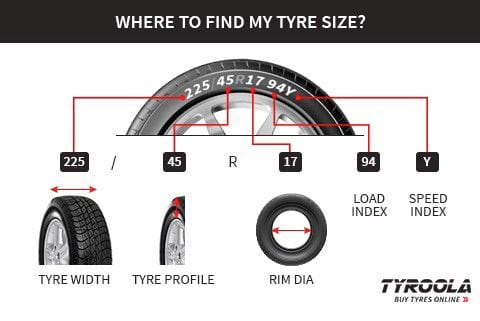 Tires should not have any white coating, no scratches, no burrs. Then it is worth checking the products by touch in order to make sure that they are elastic. nine0003
Tires should not have any white coating, no scratches, no burrs. Then it is worth checking the products by touch in order to make sure that they are elastic. nine0003
Does the appearance of the tires cause any complaints? This indicates that they were stored correctly, therefore, the performance properties are at the proper level.
If you have tires in front of you that are overtaking the symptoms of aging, it's not worth the risk. Such tires will not last long, and you will waste your money.
There are two sets of tires - both from reliable brands, each with a good view? Then choose the one that is "younger". In this case, the guarantee of proper storage is higher. nine0003
Don't get too hung up on the age of the tires. For example, tires that have just "knocked" two years, show themselves no worse than products that have just entered the market. But! They must initially be of good quality, that is, from manufacturers whose reputation is beyond doubt.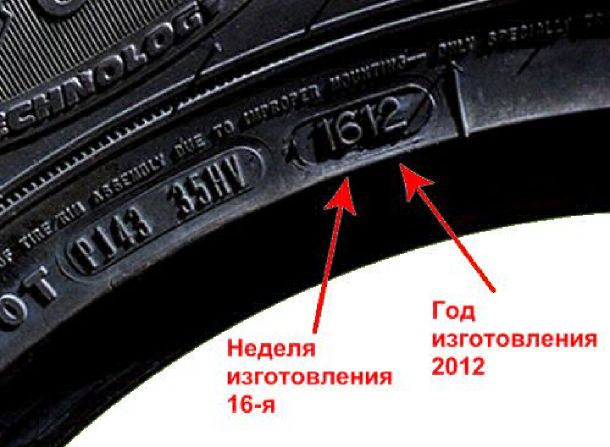 Should inspire confidence and appearance - without cracks and whitish coating. Well, you have the right to ask for a discount on two-year-old tires.
Should inspire confidence and appearance - without cracks and whitish coating. Well, you have the right to ask for a discount on two-year-old tires.
Expert advice will help you choose the right tires and keep them in working condition for a long time. nine0003
 Such care for the car will preserve its color and coating, protect the interior from overheating and delay the aging of rubber.
Such care for the car will preserve its color and coating, protect the interior from overheating and delay the aging of rubber. Choose high-quality tires, observe their storage and maintenance conditions - and then they will not let you down.
A tire provides a comfortable and safe ride if it is fully matched to the vehicle's specifications and operating conditions. nine0003
The marking on the sidewall will help you choose your Bridgestone tire.
Content
In order to understand the designation of the marking, it is necessary to have an understanding of the design of the tire. nine0003
nine0003
Tire components:
The carcass is the load-bearing part of the tire. Consists of several layers of cord. Each layer is a rubberized synthetic fabric of thick threads located in the radial direction and thin threads interlacing the radial ones. The reinforced frame structure contains metal threads. Such tires are installed on trucks and minibuses. nine0003
The layers of cord that make up the breaker are located between the base and the tread. The breaker dampens vibration and shock during movement.
The tread is the part of the tire in contact with the road. A pattern is applied to the tread that determines the grip properties of the tire.
The segment of the tire that attaches it to the wheel is called the bead.
Sidewall - protects the internal structure from external influences. The marking is applied to the sidewall of the tire.
Tires are available in tube and tubeless versions. Tubeless are mounted on reinforced discs with more reliable fasteners.
Bridgestone tires are distinguished by purpose:
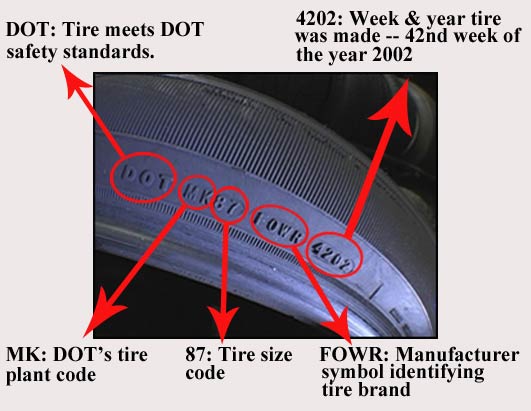 Installed on special equipment.
Installed on special equipment.
A special marking is used to indicate seasonality. nine0003
The main inscription that you need to pay attention to when choosing a tire is the size. This is the largest image after the name of the manufacturer.
Description:
205/65 R15 94Н
Explanation:
205 — Tire section width in mm. The linear distance between the sidewalls. The tire is measured in the inflated state. The measurement does not take into account the protruding parts of the marking.
65 - Profile height. Relative value, calculated as a percentage. It is the ratio of the profile height to the width of the section. Profile height - the distance between the bore and outer diameter. The landing diameter is determined at the point where the tire is attached to the wheel rim. nine0003
The profile height is not indicated in the marking if its value is greater than 80%. Starting from 75% and further (5% step: 75, 70, 65…) must be applied.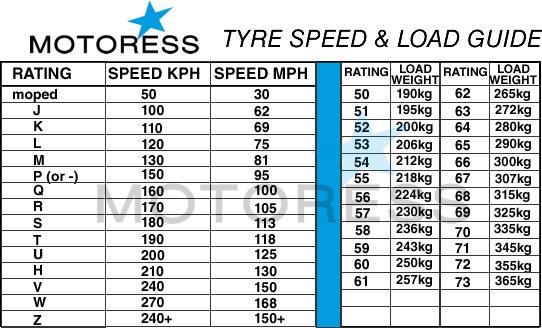 The larger the value, the higher the tire looks.
The larger the value, the higher the tire looks.
A tire with a height rating of 55 or less is a low profile tire. This tire has an increased tread width. Rubber gives the car a sporty dynamic. Increases lateral stability during sharp turns. Reduces stopping distance. Not suitable for our road conditions, because it is sensitive to road unevenness and cannot be used in bad weather conditions. On a wet surface, the risk of water drift increases significantly. In our conditions, it is recommended to use tires with a profile height of 70%. nine0003
R - Indicates the radial type of cord construction.
15 — Diameter of the rim. The indicator is in inches.
94 - Index of maximum load per wheel. Expressed in kg. Reflects the critical mass at which the vehicle should not be operated. Mark 94 corresponds to the maximum weight of 670 kg.
N - Symbol for speed. Indicates the maximum threshold which must not be exceeded. H corresponds to 210 km/h.
Size indicators are the main information that is taken into account when choosing tires.
nine0003
Large letters on the sidewall indicate the name of the Bridgestone manufacturer and tire model.
European marking system shown above. American markings are applied in accordance with the quality standards of the US Department of Transportation. Such tires are produced for operation in the territory of the North American states. All designations are expressed in inches.
Marking 31 X 10.5 R 15
Explanation:
31 - Outer diameter of the tire
10.5 - Section size
R - Radial arrangement of cord threads
15 - Bore diameter
When installing the wheels, the designations are taken into account:
Outside - Outside of an asymmetric tire
Inside - Inner side of an asymmetric wheel Says that the protector is directional.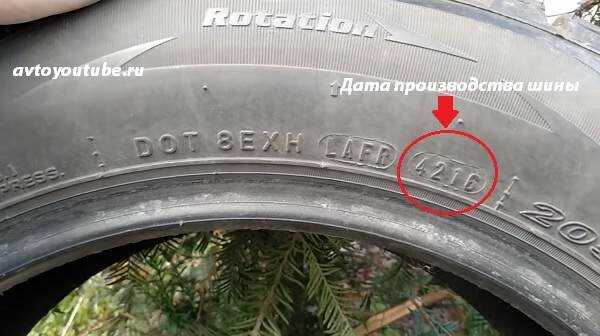 If installed incorrectly, water accumulates in the tread grooves, which creates conditions for hydroplaning. nine0003
If installed incorrectly, water accumulates in the tread grooves, which creates conditions for hydroplaning. nine0003
Both letters and pictograms are used:
M+S — Winter tires. Designed for driving on mud and snow. It has increased traction at low temperatures.
Snowflake Image — Used in combination with the letters M+S or on its own. Indicates winter tires.
AS or R+W - All season tyres.
Images: sun, umbrella, leaf, snowflake - Indicates that the tire can be used in all seasons. nine0003
If the marking does not contain seasonal designations, this indicates that the rubber is to be used only in the summer.
Other information printed in small print on the sidewall:
Tube tipe - The tire must have a tube
Tubeless - Tubeless
RFT - The tire uses Runflat technology. The sidewalls of the tire are reinforced with an additional layer. In the event of a tire puncture, the vehicle will be able to continue driving with a speed limit of 80 km/h and a range of 150 km. nine0003
nine0003
Bridgestone uses Runflat technology for studless tires. Only vehicles equipped with a tire pressure monitoring system are equipped with such tires.
Treadwear - When combined with a number, this indicates the wear resistance of the rubber. For tire operation in everyday conditions, this indicator should be in the range of 220-340.
Temperature - In combination with the letters A, B, C, indicates the temperature resistance of the clinging surface of the tire when driving at maximum speeds. nine0003
Traction - Index of maximum grip with the road surface.
Below the Bridgestone inscription is an oval containing three letters and four numbers. The letter designation is service information. The digital designation is the date of issue of the rubber. An important indicator. The shelf life of the tire should not exceed 5 years. The first two digits in the oval indicate the month of manufacture. The remaining two are the year of production (16 - 2016).
E, circled followed by 7 digits - European quality standard and certificate series.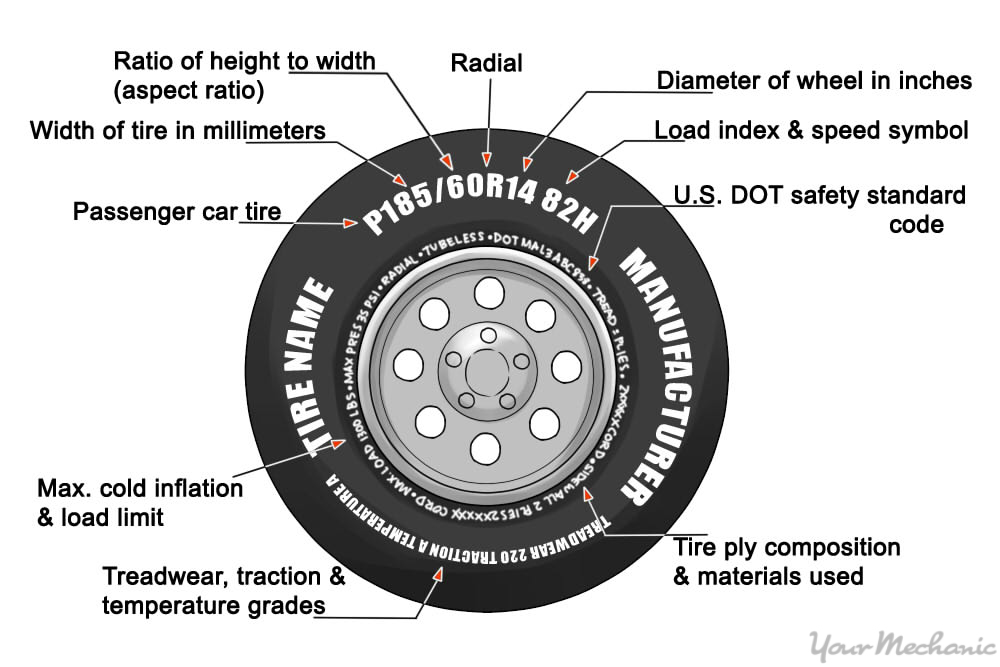 The American standard is designated DOT. nine0003
The American standard is designated DOT. nine0003
TWI - shows where to look for the tread wear indicator. The recommended wear rate for winter tires is 5.5 mm. At a lower rate, tire replacement is required.
Max load and Max Pressure - Maximum load and maximum tire pressure.
Reinforced - Reinforced sidewall
Steel - Steel plates in the carcass structure
Country of manufacture is indicated closer to the center of the tire.
In Russia, Bridgestone tires are marked according to the European classification. The indicators that you should start from when starting to choose are the standard size and seasonality. When installing the wheel, the direction of the tread is taken into account. In small print, the manufacturer reports the details of the design. Before buying, the date of manufacture of the tire is checked. Multi-colored lines along the tread do not carry consumer information. This is how a certain batch entering the warehouse is designated.